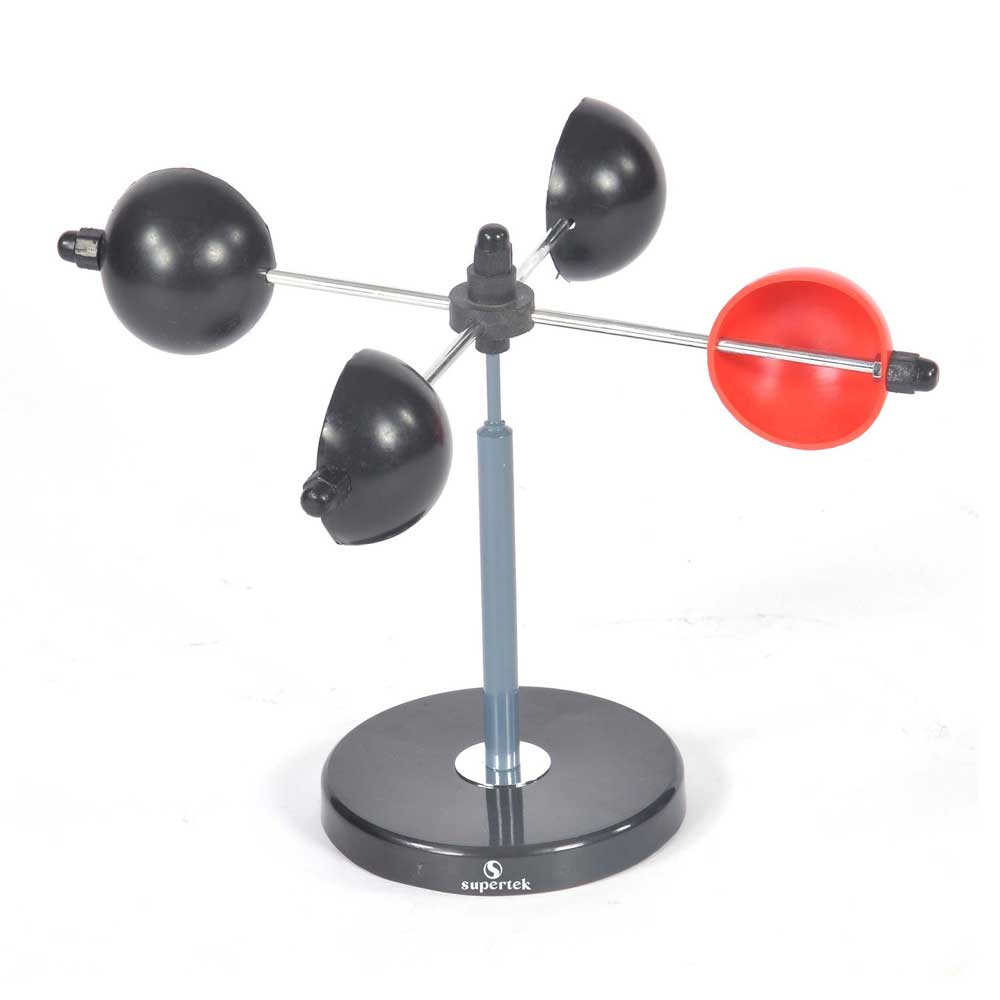Checking Out the Functions and Benefits of Anemometers for Weather Enthusiasts and Professionals
Anemometers stand as important tools in the realm of weather surveillance, providing to both fanatics and skilled experts alike. These gadgets provide a window into the vibrant world of wind patterns and speeds, providing vital information for atmospheric analysis and forecasting. From mug anemometers to sonic anemometers, each kind brings its distinct set of applications and benefits, clarifying various aspects of climatic problems. As we look into the features and benefits of anemometers, a deeper understanding arises not only of prevailing climate phenomena but additionally of the more comprehensive ramifications for sectors like wind power manufacturing and environmental study.
Value of Anemometers in Weather Surveillance
Anemometers play a critical function in weather condition tracking by offering precise measurements of wind speed, aiding in forecasting and understanding weather patterns. These tools, ranging from conventional mug anemometers to contemporary ultrasonic anemometers, are essential for meteorologists, researchers, and weather enthusiasts alike.

Kinds Of Anemometers and Their Applications
The most common kinds of anemometers include mug anemometers, vane anemometers, hot-wire anemometers, and ultrasonic anemometers. Cup anemometers consist of 3 or four mugs mounted on straight arms that rotate with the wind, gauging its speed. Vane anemometers, on the various other hand, use an easily rotating vane to line up with the wind instructions, supplying both wind rate and direction dimensions.
Each kind of anemometer has its special advantages and applications. Cup anemometers are ideal and durable for general weather condition monitoring, while vane anemometers are favored for directional dimensions. Hot-wire anemometers are sensitive to low air rates, making them perfect for interior settings. Ultrasonic anemometers are non-intrusive and provide high accuracy, often utilized in study and specialized weather tracking applications. Comprehending the characteristics and applications of each sort of anemometer is vital for selecting the most suitable tool for details weather keeping an eye on demands.
Advantages of Utilizing Anemometers in Forecasting
In weather forecasting, the usage of anemometers supplies invaluable benefits for enhancing the precision of climate projecting. Anemometers gauge wind speed and direction, providing crucial data for forecasting climate patterns. By integrating wind data right into projecting designs, meteorologists can better understand the activity of weather condition systems, anticipate changes in weather, and issue extra specific forecasts.
Moreover, anemometers play an essential function in evaluating potential climate risks. Keeping track of wind rates assists forecasters predict extreme weather condition occasions such as cyclones, tornadoes, and winter months storms with better accuracy. This very early warning system enables authorities to provide timely informs and execute essential security measures, minimizing the risks to life and building.
Furthermore, anemometers aid in enhancing renewable resource manufacturing. By analyzing wind patterns, meteorologists can determine ideal locations for wind check my reference farms and forecast energy outcome, adding to the efficient generation of wind power.

Anemometers in Wind Energy Production
Provided the important function anemometers play in supplying exact wind information for weather forecasting and risk evaluation, their relevance expands to the world of wind power manufacturing. Anemometers are important instruments in the field of wind energy, where the measurement of wind speed and direction is important for establishing the usefulness and performance of wind generator installations. By accurately measuring wind rates at differing elevations, anemometers aid optimize the placement and style of wind generators to make the most of energy outcome.
In wind farms, anemometers are tactically placed to collect real-time wind information that is made use of to analyze the possible power manufacturing of a site. This data contributes in identifying the economic viability of wind power projects and in use this link projecting power generation to make certain grid stability. Additionally, anemometers help in keeping an eye on wind conditions to enhance turbine performance, avoid damages from high winds, and make certain the safety of employees operating in the location of wind turbines.
Enhancing Climate Understanding With Anemometers

Anemometers play a crucial function in improving our understanding of microclimates. These localized weather conditions can vary significantly from more comprehensive local projections, making it necessary to have precise data for specific locations. anemometer. By purposefully putting anemometers in different locations, scientists can collect comprehensive information on just how wind acts in various surfaces, metropolitan atmospheres, or bodies of water
Furthermore, anemometers add to boosting weather condition forecasting versions by supplying real-time data on wind actions. This info is particularly valuable for forecasting severe climate occasions, optimizing farming methods, and sustaining markets like aviation and maritime navigating. In general, anemometers are invaluable tools that enable us to dive deeper right into the complexities of climate systems, eventually leading to more accurate predictions and better-informed choices.
Final Thought
Finally, anemometers play a critical function in climate tracking and projecting by measuring wind rate and instructions. They are vital devices additional resources used by weather condition enthusiasts and experts to collect accurate data for forecasting climate patterns and evaluating potential impacts. Anemometers additionally have applications in wind energy manufacturing, further highlighting their importance in both meteorology and eco-friendly power sectors. Generally, anemometers add to improving our understanding of weather condition phenomena and improving forecasting abilities. anemometer.
From cup anemometers to sonic anemometers, each type brings its distinct set of applications and benefits, dropping light on numerous facets of climatic problems. These tools, varying from typical mug anemometers to modern-day ultrasonic anemometers, are essential for meteorologists, researchers, and weather enthusiasts alike. The most common types of anemometers include mug anemometers, vane anemometers, hot-wire anemometers, and ultrasonic anemometers. Mug anemometers are durable and ideal for basic weather condition tracking, while vane anemometers are favored for directional measurements. Anemometers are important instruments in the field of wind power, where the dimension of wind rate and instructions is critical for establishing the usefulness and performance of wind generator setups.
Comments on “Comprehending Various Kinds Of Anemometers for Different Applications”